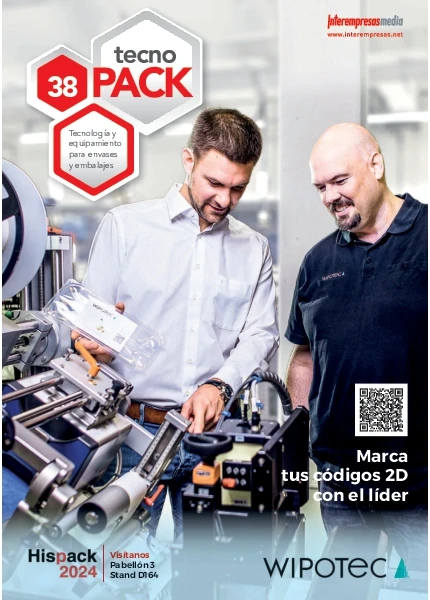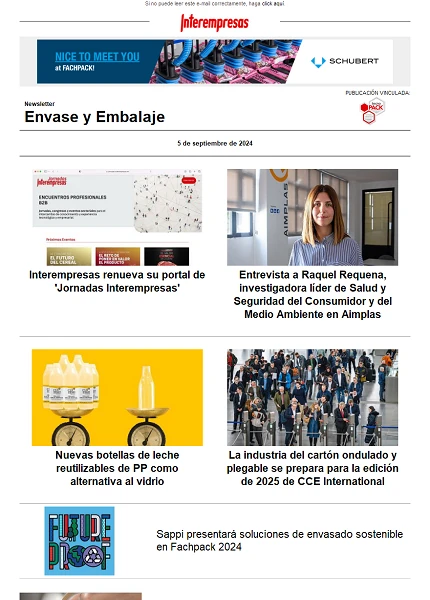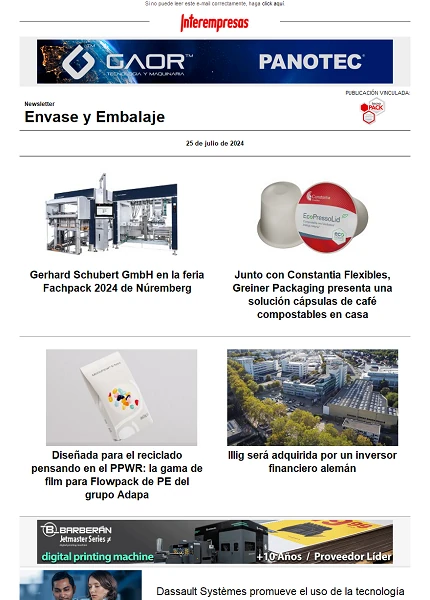Interview to María José Flat, expert of the department of legislation of Ainia
The entrance in force of the new law of labeling —the regulation 1169/2011— supposes for the final consumer the access to more nutritional information of the products and, therefore, a good tool to compare them. But, what supposes for the companies? On the one hand, a lot of products that until the moment did not include said nutritional information will do it from now. The consumer will have access to a lot of more information –included the presence of alérgenos–, and of form more homogénea since the new rule pretends likewise systematise all this information, what will do that the companies have to change his labels.
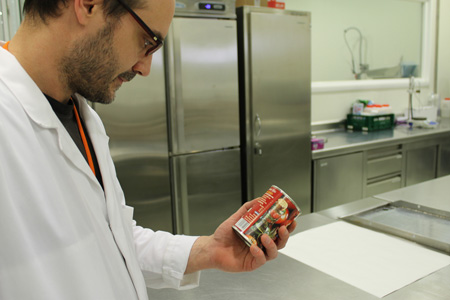
Organised a day on the new labeling. In what consisted?
The course, that lasted a morning, gathered to companies of the sector agroalimentario with professionals that proceeded of different notable departments in subjects of labelled —marketing, export or quality—, to adapt to the new norm of the labeling, to the regulation 1169/2011. Up to now we have been regulating the labeling of alimentary products with a state norm, now happen to the community frame and the companies have to know how works.
Before going in in the new regulation in yes, what is what will perceive the consumer?
Two things. On the one hand, products that to date had not included nutritional information will begin to include it. We in the last years like consumers have perceived that they have developed specific products to a healthy feeding, that informed us so much by tables as by messages of which nutritional contribution contained. Now, what contributes the new norm is that, except small exceptions, all the products will include this nutritional information. That is to say, for example, snacks with base of potato, soft drinks or sweets, that up to now did not have nutritional information, now will have it.
And what “small exceptions” will not include it?
For example in products like legumes that sell without transforming, edulcorantes, salts, vinegar... It treats of products in which the nutritional characteristics do not vary substantially between one and another, and are not especially notable. But all what was foods composed by more than an ingredient usually will have this nutritional information.
What other things will warn the consumer?
Understand that the consumer at the beginning does not go to interpret much more. This does not want to say that the norm do not do at all more, because there is something very important that is to systematise all the information that already was compulsory with the previous rule. They are supported by small modifications to do them clearer but, especially, the regulation pretends to systematise them so that have an information more homogénea of product. If I compare two products of the same category, the information has to be given of form the most similar possible so that to me like consumer was me easier identify the differences between products.
Up to now you took two different products and cost to interpret the differences…
Sure enough, but now the consumer at first will not see it but in the practice yes will have an important impact.
It supposes something more?
Himself. The consumers that have intolerances or allergies will see that it is easier to confront to how select the products because the regulation sets up a system that reinforces the indication witnesses of alérgenos ye this for a population that estaá especially concienciada in avoiding a determinate ingredient or another goes him to facilitate the task.
Which are the key appearances for the companies that will pack?
The regulation contains 54 articles and more than 20 are centred in regulating how go to give the nutritional information. It is not baladí because the regulation is very formalista. To the hour to adapt , no only treats that that company that before did not incorporate nutritional information have to do it, but companies that already did it of agreement to the previous law, have to adapt to a new format.
And this adaptation will suppose a cost to the companies, truth?
Yes, obviously. They will have to reetiquetar but all his products, 90% at least.
But there will be a margin of manoeuvre…
The norm allows some terms of application and, of course, the products labelled according to the valid legality before the date of application of the regulation will be able to follow selling until they exhaust the existences. What occurs is that it will arrive a moment in which it will be necessary to adapt because the norms are done for this. In fact, the regulation allows to adapt you now to some first subjects as, for example, the alérgenos or the disposal of information. However, for determinate appearances of the nutritional labeling, there is margin until 2016. At any rate, it would be costlier to do it in twice, therefore the companies adapt of an alone time.
And already it will fit so much information in, for example, a container monodisis of butter of a hotel?
No, but split of the base that this container does not have to carry all the information of the new regulation.. A monodosis of butter or of cream of cocoa sells usually in a container with 50 monodosis, that is the one who will contain all the information. The regulation affects to all that that we like consumers purchase in a company of distribution or supermarket.
Apart from the nutritional information, what other appearances includes?
The information on alérgenos. Although the novelty the regulation in himself is the nutritional information and the systematisation of the information.
Go to organise another course in May on the new law, are not the sufficiently informed the companies?
There is of everything. The peculiarity of the alimentary industry has a peculiarity: on the one hand, there are multinationals that work in direct competition with SMEs, and by another, big part of the sector are SMEs that also work for big companies multinationals. Therefore, the degree of information is directly tied with the economic capacity of the company. What himself find us is that in a lot of middle-sized companies or reduced the legal subjects still depend a bit of the mouth to mouth.
In which sense?
are finding Us That they ask us: “My provider or customer has commented me that split of 2014 have to change this, is truth?”. It is here where there is an of knowledge that is tied to the to capacity to know of the legal changes of the company. Others of greater size know very well that there is a regulation with determinate appearances to take into account. For them we have set up learning of professionals
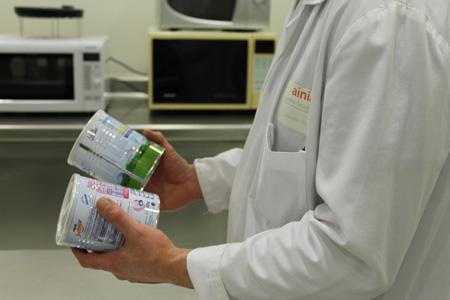
Going back to the new law, why will not include the sour grasos trans?
Is a complex subject. For example, in United States himself is compulsory to include them because there the level of consumption of eaten rubbish with heights contained of fats trans is very high and, therefore, it is necessary to alert to the population.
And would not be convenient to have this information here, in the European Union?
The EU understands that to a half consumer —no that very concienciado with the consumption of healthy products— when you speak him of sour grasos trans does not have exact knowledge of what treats and what does the indication is to create an alert in the population that does that it do not fix in the rest of information.
I understand…
For example, a product that announces amid a lot of hype that it does not have fats trans can have a high content in saturated fats, sugars added or salt. What says the EU? If it incorporates in the labeling ‘without fats trans', the consumer no longer will fix in at all more and will confuse it with an especially healthy product.
An intermediate measure…
Yes, is what has done . If a product uses fats partially hydrogenated type fats trans, has obligatoriamente that give this information in the labeling. That is the road in which it has worked .
And it does not think that instead of vetoing this information would have to offer ?
Yes, would have to inform on this and there are initiatives in this sense. What occurs is that there is determinate elements that are authentic red semaphores. In Spain the fats trans are present but no as much as in other zones. Here we have other problems as it is the consumption of sugars. Inform yes, but no all the information has to be in the label.
Under his point of view, was really necessary this new law?
Yes, because the legislation in Spain and in the rest of the European Union came of a previous directive that was very parca in all the referred to nutritional information. Now that the consumer is putting the accent in this, is important to have clear the rules of the game. Up to now, the companies, by means of his autorregulación, have created a system for resaltar determinate nutrients. But each one did it according to his code of best practices, that no always coincided between similar products. It was necessary to homogenise it.
Then, it is hit…
Yes, but is not too much clear. It is not accessible to the operators because it results complicated even for the jurist know what is saying in determinate points by the grammatical subject.
Grammatical?
Yes, until the point that the European Commission has seen forced to present documents in format of questions and answers. Had a first document in 2011 and now for 2015 expect another. They remain a lot of points for clearing, therefore the companies have doubts, that not even the Administration can clear.
Once cleared all the points, once have gone in in force and all the products pack with his corresponding labeling, thinks that the consumer will know to interpret what is reading?
No, create no. It has grown the interest of the consumers for knowing the nutritional contribution of the products but, generally, there is not a level of sufficient learning to understand what is saying the nutritional information. What are seeing is that there is a polarisation.
Of which type?
On the one hand, find to the consumer concerned for controlling his feeding and for knowing the nutritional contribution of determinate foods; and by another, the consumer that, in front of the excess of information, every time is less concienciado. It would treat to achieve a half knowledge in such a way that the information that are offering was easily asumible. The problem is that this carries time. The Administrations are setting up several campaigns for concienciar to the consumer but still remains a lot of way.



